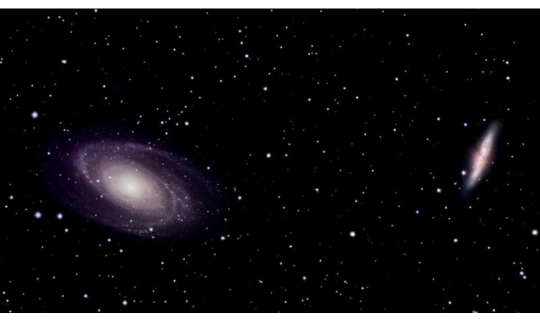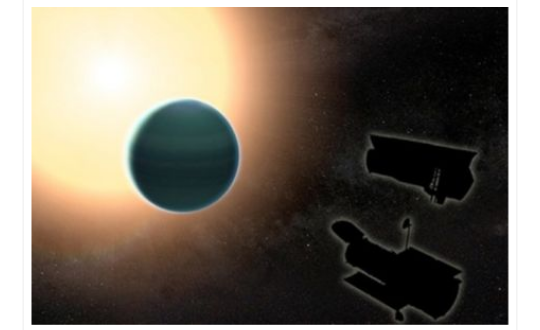
atmosphere of the HAT-P-26b was mainly composed of hydrogen and helium, higher than the percentage of Uranus and Neptune, and in terms of quality, compared to other planets in the solar system, HAT-P-26b and Earth Closest to.
"This exciting study shows that there is more diversity in the planet's atmosphere, which we did not expect before," says David Sing, a professor of astrophysics at the University of Exeter, in a statement. The (The statement is: "Gallery: the most exotic alien planet")
"This 'hot Neptune' is much smaller than the planets that we can measure depth in the past, so for us, the new discovery of its atmosphere is a huge breakthrough that will lead us to learn more about how the solar system is formed Knowledge, and can compare it with the planet we live in, "Sing added, who was one of the co-authors of the new study on HAT-P-26b published in the journal Science on May 11th.

Water and peculiar clouds
Sing, Wakeford and their colleagues observed and analyzed the phenomenon of HAT-P-26b passing through the star's surface through NASA's Hubble Telescope and the Spitzer Telescope. In the process of "passing", the planet's atmosphere filters out some wavelengths of stars, which allows the researchers to distinguish molecules from the HAT-P-26b air swirl. One of them is water molecules.
"From this quality point of view, this is the strongest of the water we have ever measured in the planet," Wakeford said.
The data also show that the HAT-P-26b's air also stretches the clouds but is relatively deep in the atmosphere; Wakeford says it does not block most of the water absorption signals. She added that these clouds may be composed of sodium sulfide, rather than as the earth by the composition of water vapor.
"If you see the sky, you will feel very weird," Wakeford said, "If you look at the sky, you will find the sky is strange gray, floating around to spread the clouds, this is because the cloud will lead to Color scattering. "
"The light beam coming from the nearby stars will hit the observer outside the clouds," she added. "There 's nothing that can really help you prevent the sun from shining on you.
On the formation of clues to planets
In the solar system where the earth is in, the amount of metal will drop as the mass of the planet increases . Such as Neptune and Uranus, the amount of metal is about 100 times the sun (which are caused by hydrogen and helium), while the larger volume of Saturn and Jupiter's metal are 10 times the sun and more than 5 times.
And HAT-P-26b can not apply this model. Although the extrasolar planets are the shape of Neptune, the amount of metal is similar to that of Jupiter , which the researchers found in the new study.
Wakeford said the amazing message was the clue to the formation and evolution of the HAT-P-26b.
"This shows that in fact this smaller planet is actually closer to its star, and more like Jupiter's way of forming," she said, "and we did not know how to form such a planet in this area. (In this scene, after the formation of the HAT-P-like, the HAT-P-h) will be formed on the (nebula) surface, which will accumulate cold pieces and rich heavy metal elements. Such planets will move inward toward their own stars.
"This is also the first step in observing the formation of diversity in the process of formation," she said.
Tadpole pedigree compiled from scientificamerican, translator potatoes classmates, reproduced must be authorized